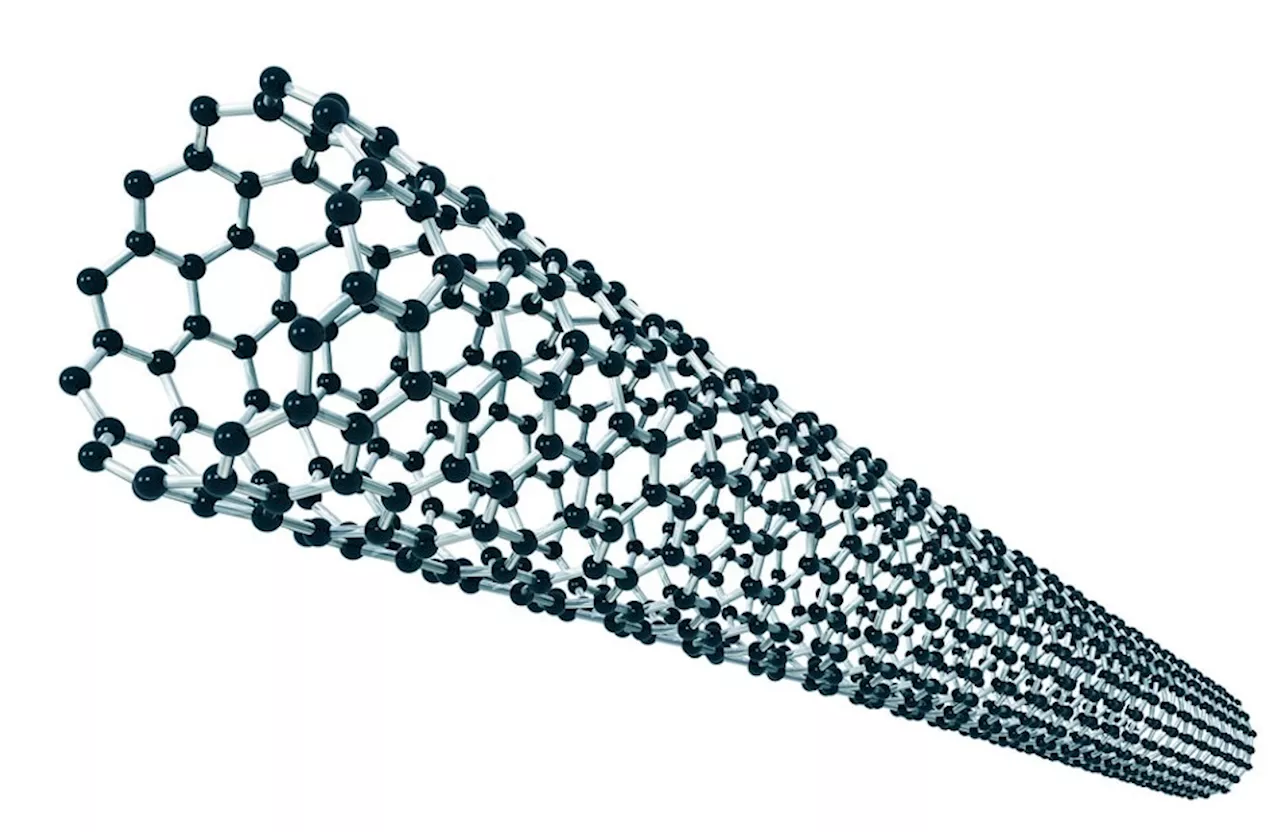Carbon nanotubes have properties such as high electrical conductivity and strength, which make them suitable as supplemental materials for energy conversion and storage devices. Their use may improve the performance of lithium-ion batteries and supercapacitors, leading to more efficient energy solutions.
By Ibtisam AbbasiReviewed by Lexie CornerUpdated on Oct 17 2024 Carbon nanotubes have a diameter range of 0.7 to 50 nanometers and often comprise a single sheet of pure graphite that forms their cylindrical structure.They exhibit extraordinary properties, including exceptional strength, thermal conductivity, and electrical conductivity.
LIBs consist of three basic components: two electrodes—the anode and the cathode —and an electrolyte that allows charged ions to flow between the electrodes, enabling charging and discharging. While LIBs offer several advantages over other energy storage chemistries, they are also relatively fragile and require a protection circuit to ensure safe operation.
Through MOLECULAR REBAR® products, carbon nanotubes are untangled into discrete individual tubes of uniform size, allowing for their successful incorporation into lead-acid and lithium-ion batteries. This results in significantly stronger and more conductive energy storage products.
A comparison of pure CNTs and Fe-doped CNTs revealed that the latter exhibited superior performance, showing a 17 % increase in efficiency at 10 MPa pressure conditions. These findings demonstrate that Fe-CNTs are more effective than pristine CNTs for hydrogen storage applications due to their enhanced adsorption capacity.5
Beyond traditional supercapacitors, CNTs are now integral to the development of wearable supercapacitors due to their unique one-dimensional structure, high electrical and thermal conductivity, exceptional flexibility, strong mechanical strength, and low gravimetric density. These properties make CNTs ideal for applications in emerging markets, such as smart textiles and other wearable electronics.
Nanotubes Energy Storage Lithium-Ion Batteries Supercapacitors Nanotechnology In Batteries
United Kingdom Latest News, United Kingdom Headlines
Similar News:You can also read news stories similar to this one that we have collected from other news sources.
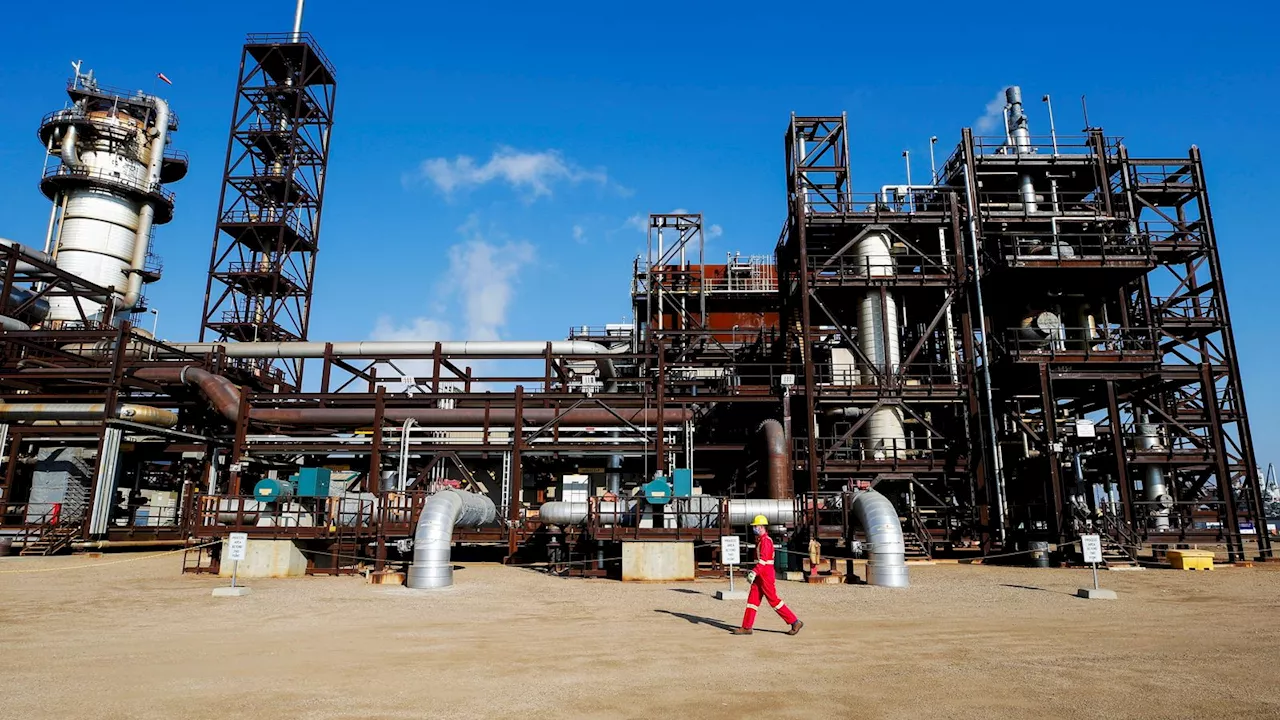 Government pledges £22bn for carbon capture and storage technology in net zero driveThe £22bn funding for carbon capture and storage has been welcomed as a lifeline for some industry jobs. The relatively new technology is regarded as critical to the UK's climate targets, but has so far made slow progress.
Government pledges £22bn for carbon capture and storage technology in net zero driveThe £22bn funding for carbon capture and storage has been welcomed as a lifeline for some industry jobs. The relatively new technology is regarded as critical to the UK's climate targets, but has so far made slow progress.
Read more »
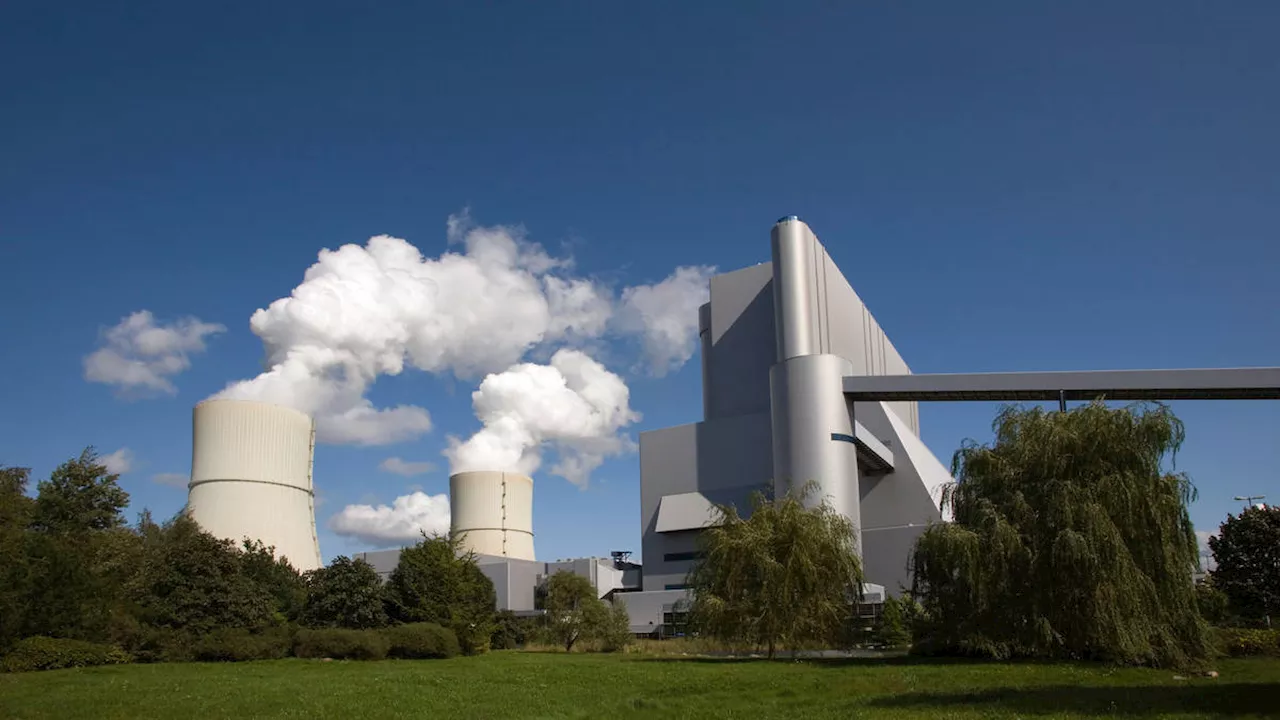 Government pledges £22bn for carbon capture and storage technology in 'new era' after coal plant closuresThe Government has pledged nearly £22 billion to fund projects that capture carbon emissions from polluting plants and store them underground.
Government pledges £22bn for carbon capture and storage technology in 'new era' after coal plant closuresThe Government has pledged nearly £22 billion to fund projects that capture carbon emissions from polluting plants and store them underground.
Read more »
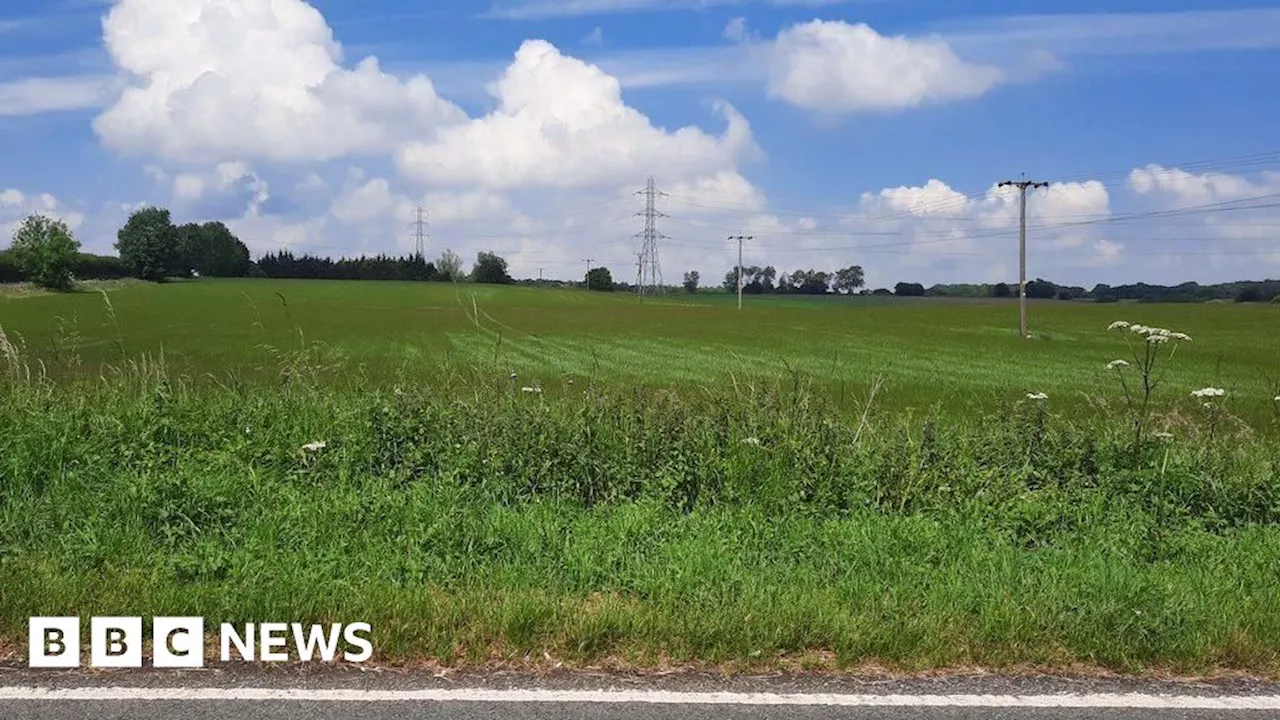 Plans for Allerton Bywater energy storage site withdrawnLeeds City Council says it needs more information before considering the plan for Allerton Bywater.
Plans for Allerton Bywater energy storage site withdrawnLeeds City Council says it needs more information before considering the plan for Allerton Bywater.
Read more »
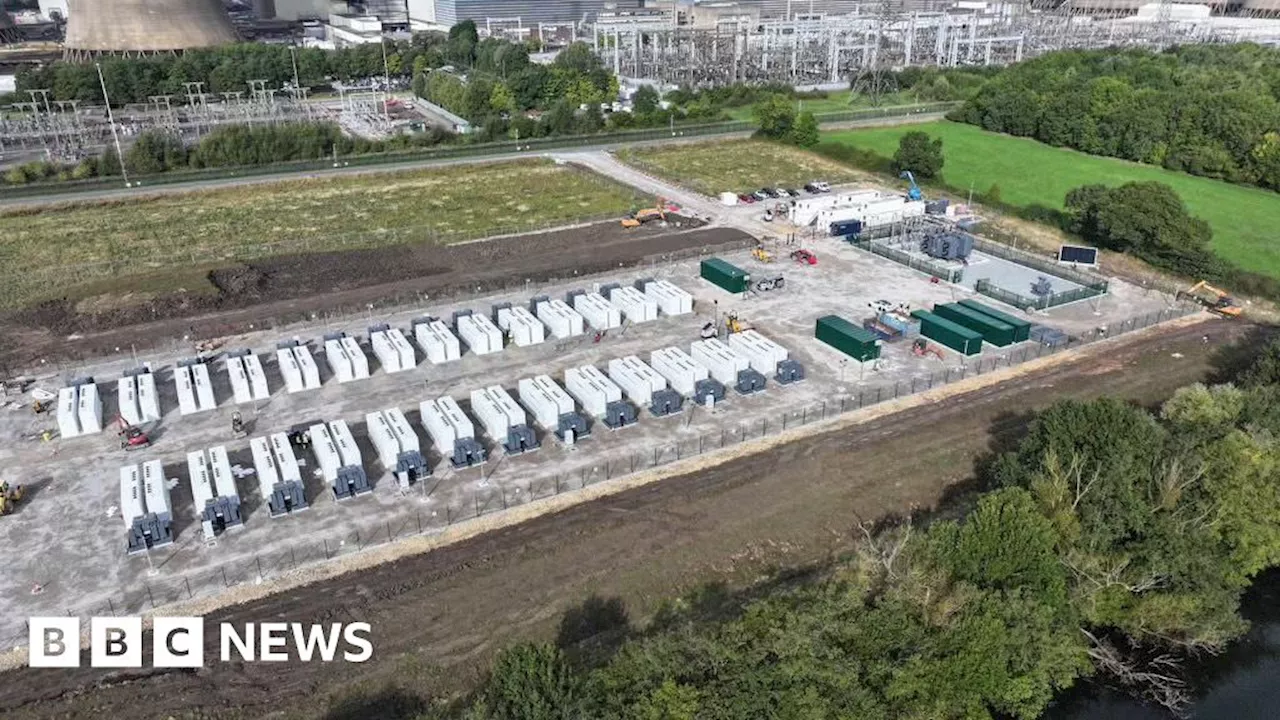 Drax: UK's largest battery energy storage site goes liveLakeside Energy Park, near Drax, can provide power to about 30,000 homes a day, its operators say.
Drax: UK's largest battery energy storage site goes liveLakeside Energy Park, near Drax, can provide power to about 30,000 homes a day, its operators say.
Read more »
 UK Unveils Investment Support for Renewable Energy StorageThe UK government has introduced a new support scheme to encourage the development of long-duration energy storage LDES facilities.
UK Unveils Investment Support for Renewable Energy StorageThe UK government has introduced a new support scheme to encourage the development of long-duration energy storage LDES facilities.
Read more »
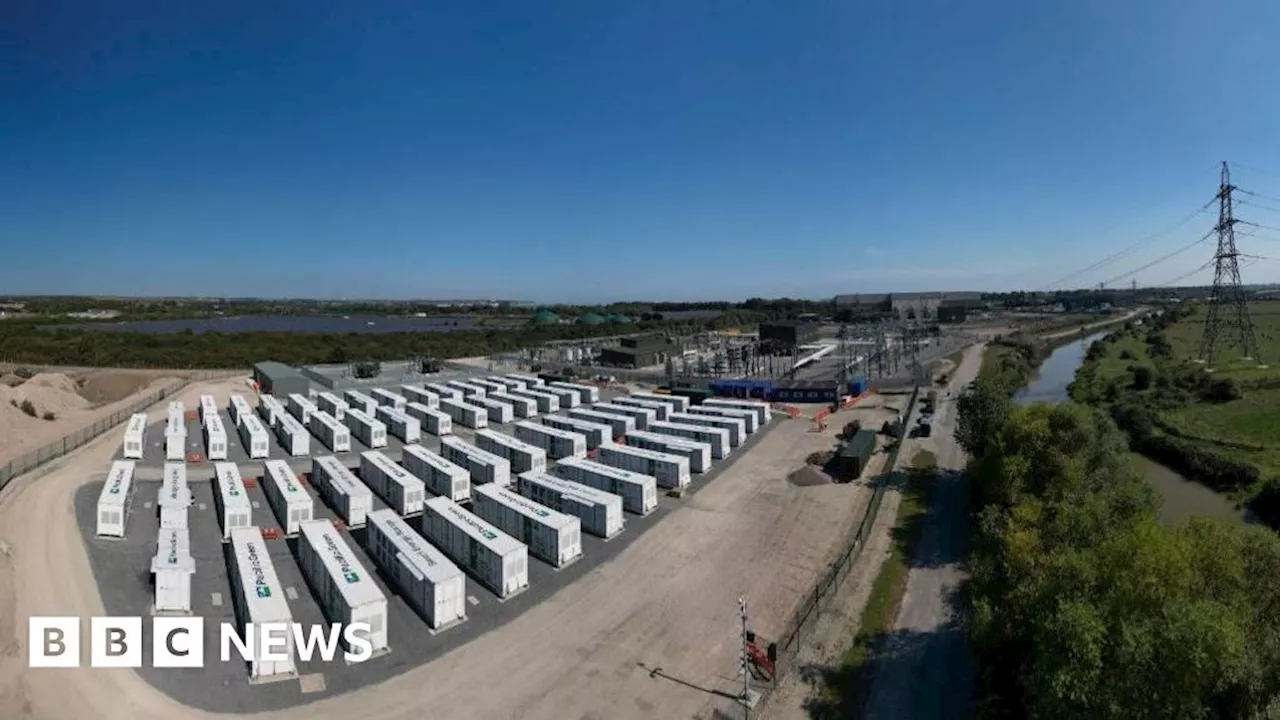 BESS: Richborough Energy Park units given retrospective approvalThe Battery Energy Storage Systems near Sandwich have the green light after being built.
BESS: Richborough Energy Park units given retrospective approvalThe Battery Energy Storage Systems near Sandwich have the green light after being built.
Read more »
